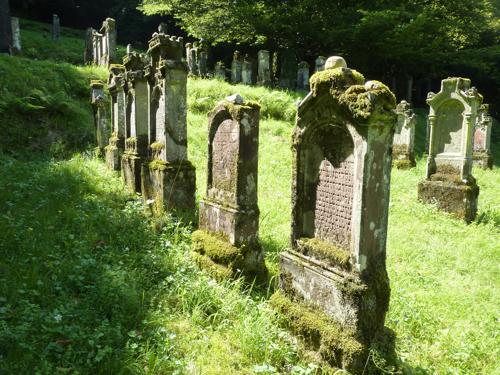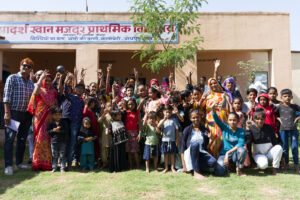 In the context of children’s work on gravestones, claims are repeatedly made that will be examined in more detail below:
In the context of children’s work on gravestones, claims are repeatedly made that will be examined in more detail below:
Claim 1: There is no child labor at gravestones!
The fact is: Unannounced visits to Indian quarries have shown time and again that children are working on hammer drills. This is documented in photos, including by a photographer who has worked for the Süddeutsche Zeitung. (siehe: Beitrag)
Dusseldorf University of Applied Sciences also prepared an opinion on this question and stated that grave stones from India, China, Vietnam and the Philippines could be used for child labor. (siehe: Gutachten/News)
Claim 2: Children can not work on natural stones in quarries, because they are too heavy!
The fact is: If the natural stones (rough blocks in quarries) are too heavy for children, then of course they are also for the adults. Clever: It is not assumed by child labor experts that the children would have to lift inhospitable natural stones while working in quarries. But by contradicting such a (fictional) assumption, one makes use of the simple rhethoric gimmick: first put a false claim into space, then vehemently contradict it – and thus allegedly reduce the total assumption of child labor in Indian quarries to absurdity. But as I said, this is just a rhethoric gimmick that needs to be debunked.
Claim 3: The quarries in India, where raw materials for gravestones are mined, are highly industrialized, so that no children could work there. The machines used in these quarries are all too complicated to be used by children.
The fact is: It is true that there are also highly industrialized quarries in India – in which you can not come in without an invitation but not unannounced (Very few outsiders will probably know how actually they work there!). But it is also true that there are numerous quarries in Southern India that are working “conservatively”: with holes that either fill explosive charges or are needed for diamond saws. These holes are, however, set with jackhammers – and it is precisely on such machines that child laborers (as defined by the ILO Convention 182) have been found again and again. That’s the key point.
Claim 4: It can not be guaranteed at all that the tombstones can be traced back to the quarry. A stonemason can not control every supply chain and make sure that no children have worked there.
The fact is: The stonemason does not even have to check that himself. There are external “service providers” who specialize in this.
XertifiX, for example, has been controlling natural stone supply chains for many years and issuing the natural stone seals when the supply chain can be traced back to the quarry and the certification requirements at the production sites are met. With other words, if tombstones were certified with the XertifiX seal, then the quarry was also checked unannounced and by this ensured, among other things, that (with very high probability) there are no children working there. This is important to know for relatives, traders and stonemasons, cemetery administrations and politicians changing cemetery legislation.
So if in the future you meet someone who claims that Indian gravestones can not do child labor at all, then you can answer with a clear conscience that this is just rubbish.
This does not mean that Indian tombstones are always produced with child labor. That would be just nonsense (and no one will claim seriously)! But that means very well, that one should always make sure that the tombstones are not made with child labor by regular and reliable (!), unannounced (!) checks at Indian tombstones.

